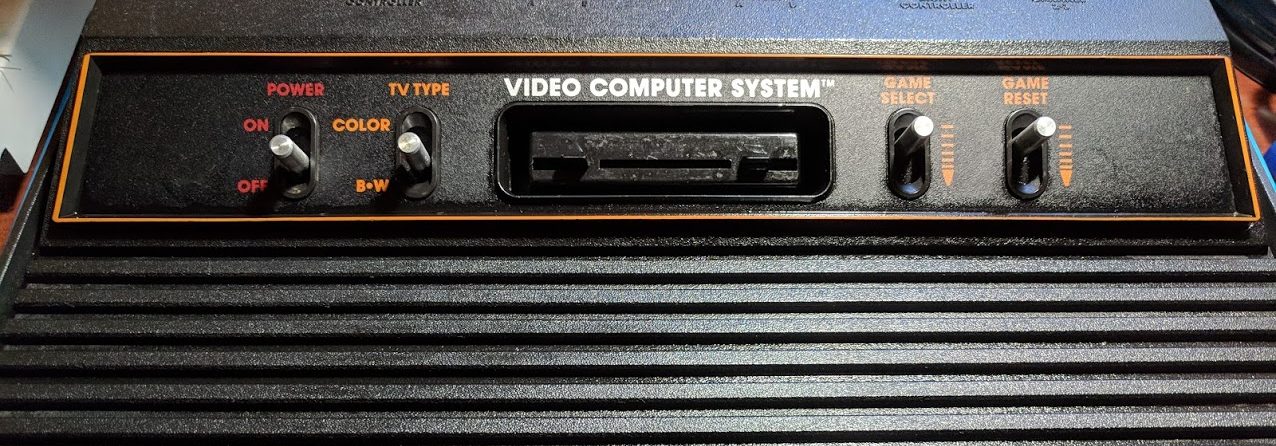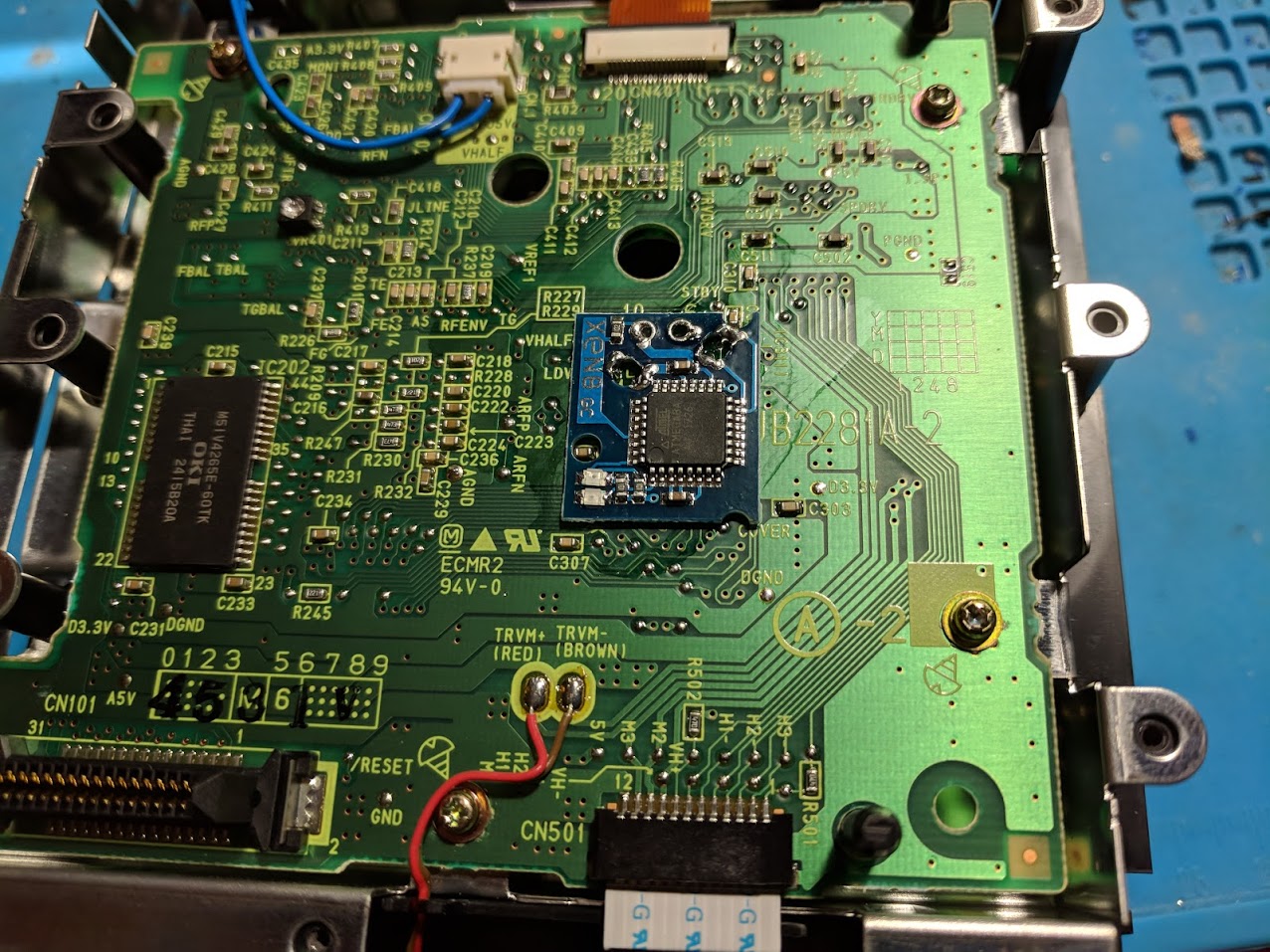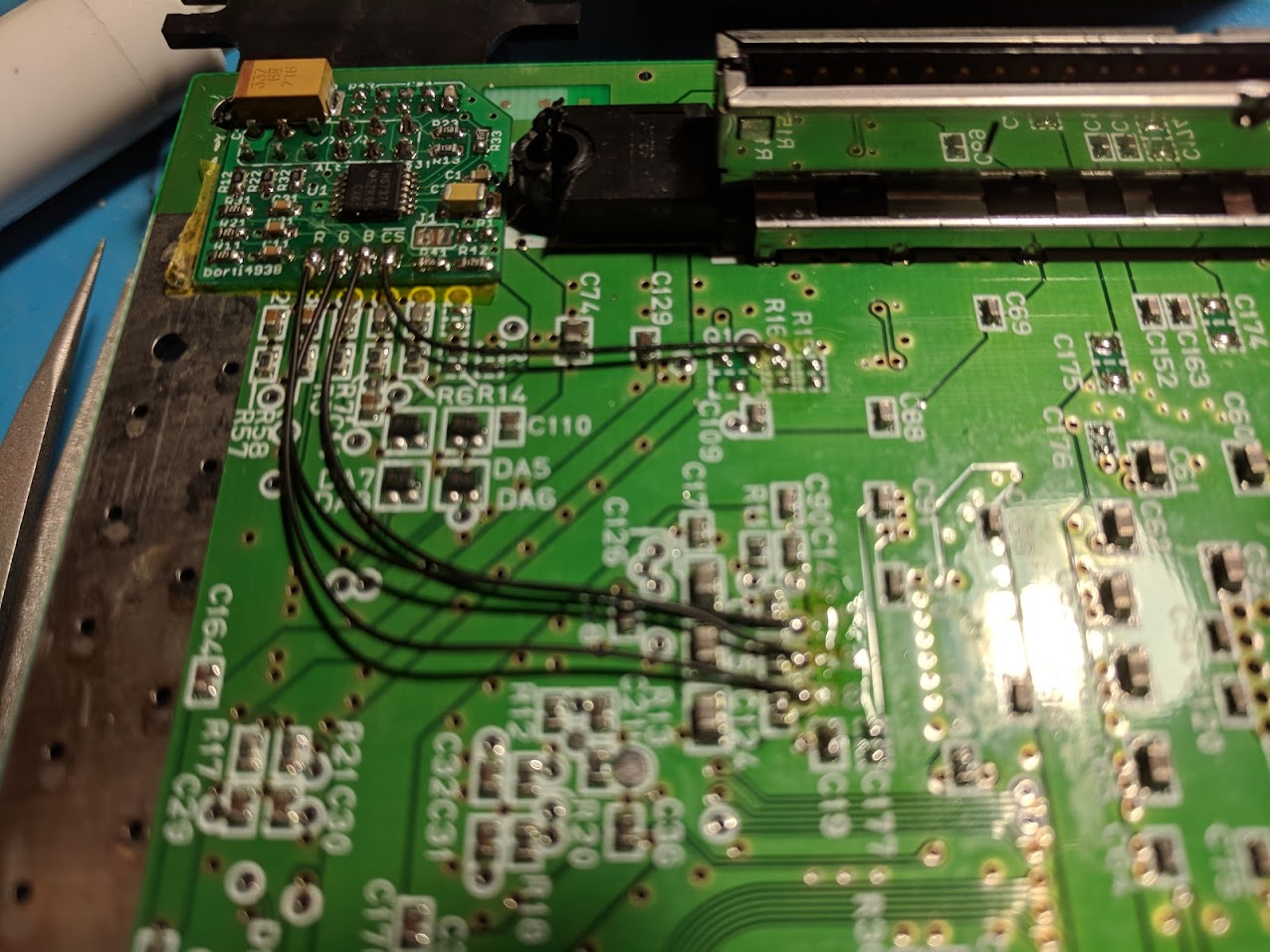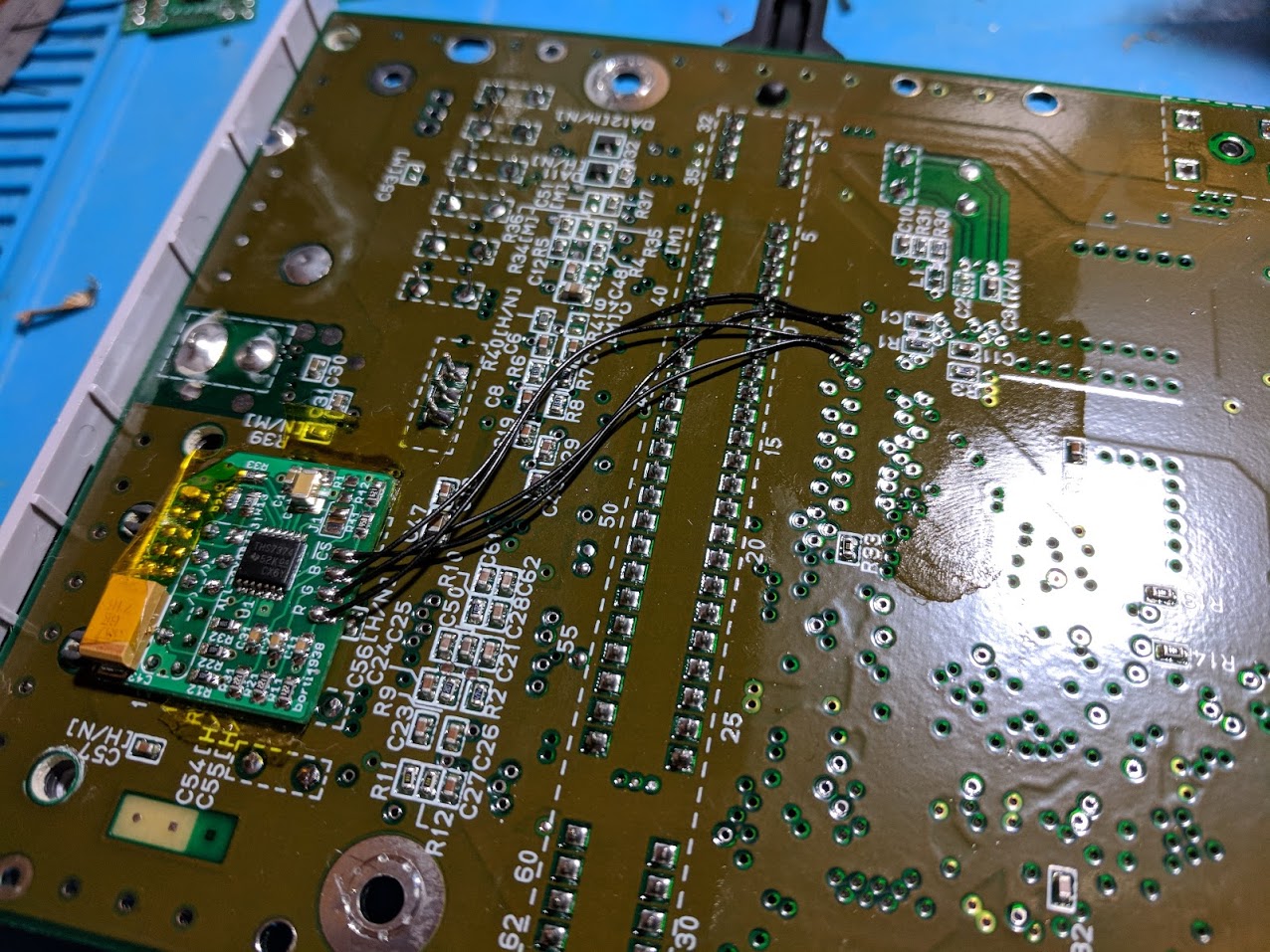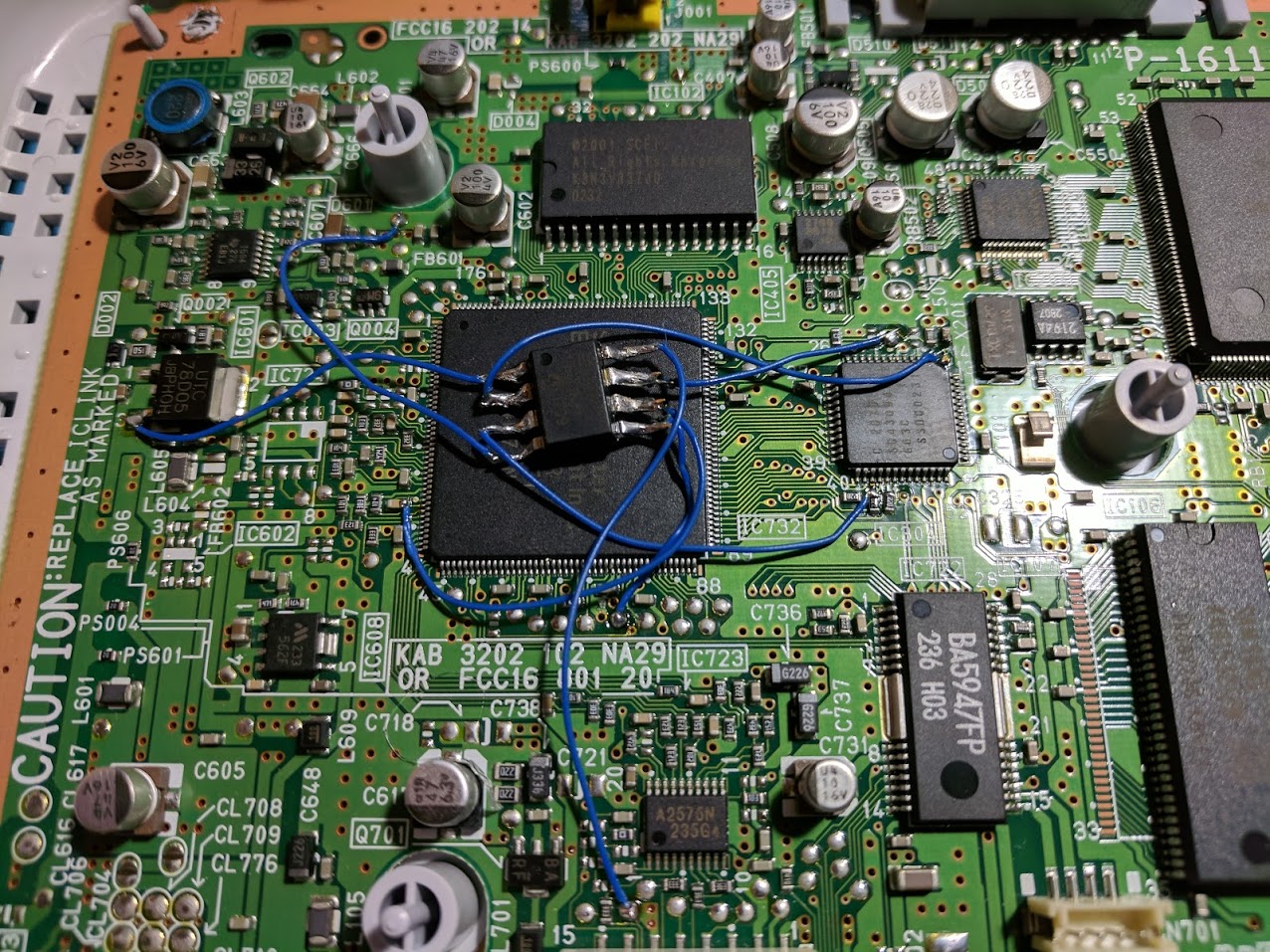Four switch Atari 2600 RGB mod installation guide (2600RGB)
It has been a while since my last post and I have a lot of projects I have completed since then that I haven’t written about. I plan on working backwards starting with the most recent mod I did. This post covers how to install the 2600RGB board into a four switch Atari 2600, which allows the Atari 2600 console to output RGB video, a huge improvement over the native RF video output.
What is RGB video?
In the United States most older video game consoles used either RF or composite video (coaxial cable like what you get cable TV out of, or the yellow/red/white cables) to output onto a TV. These video output options are passable on a CRT television, but on a digital HDTV it can look quite bad.
